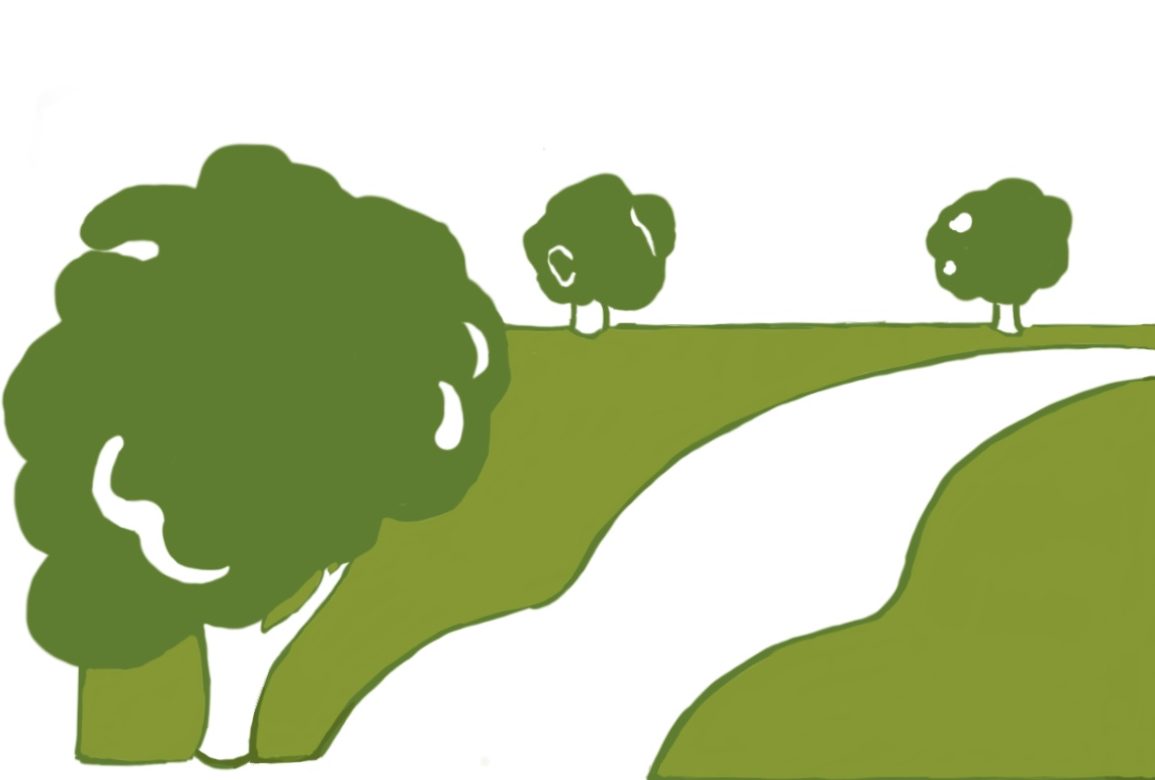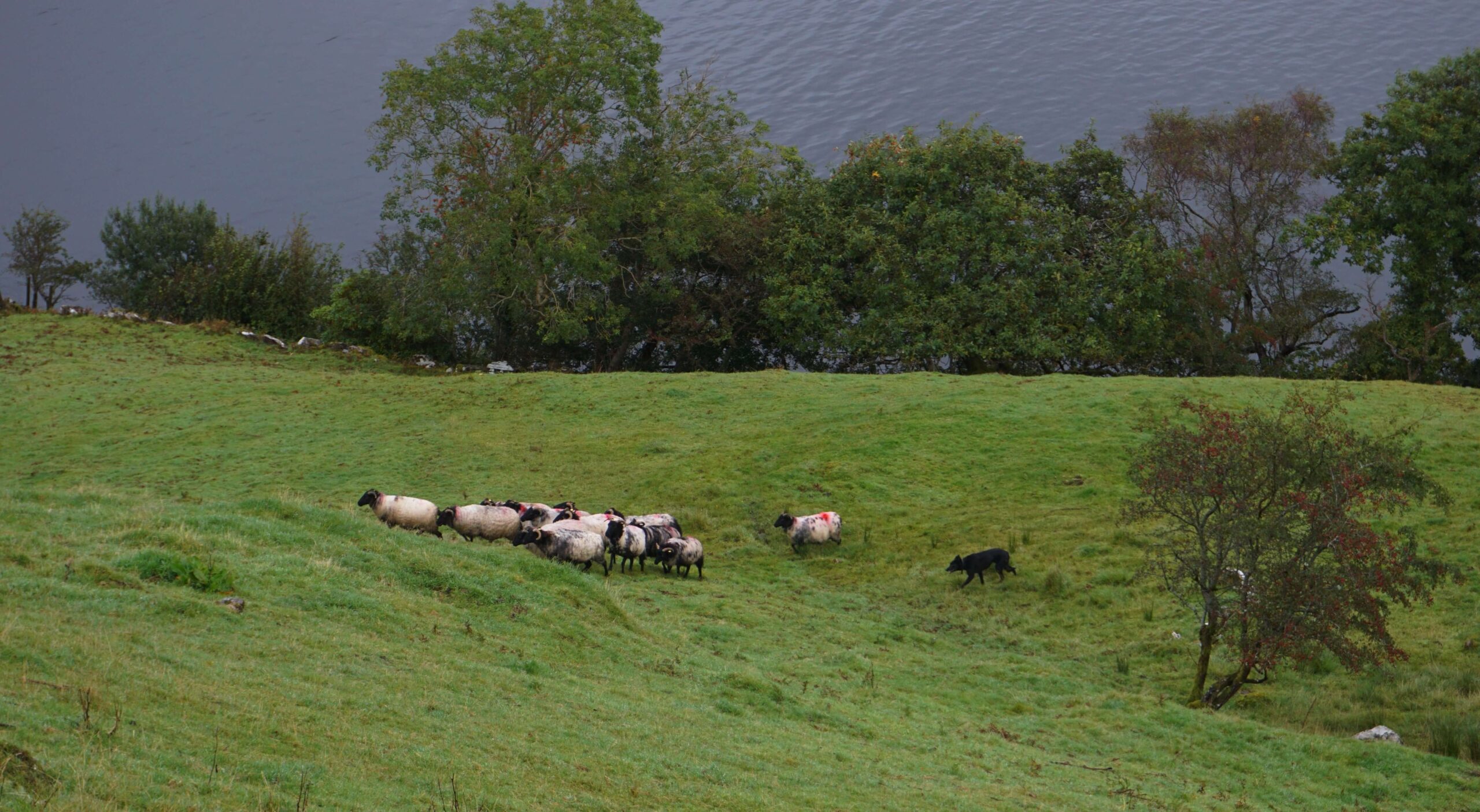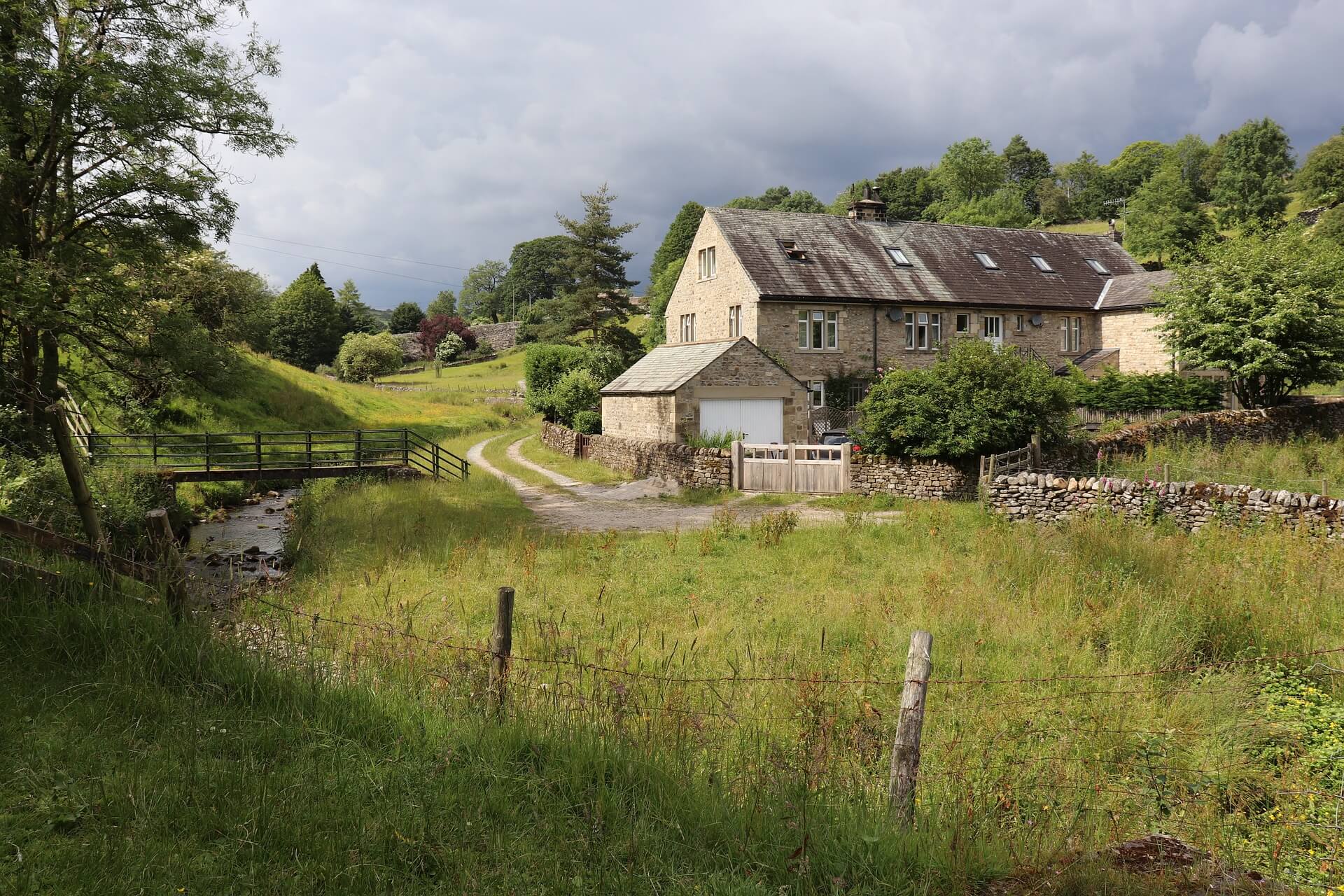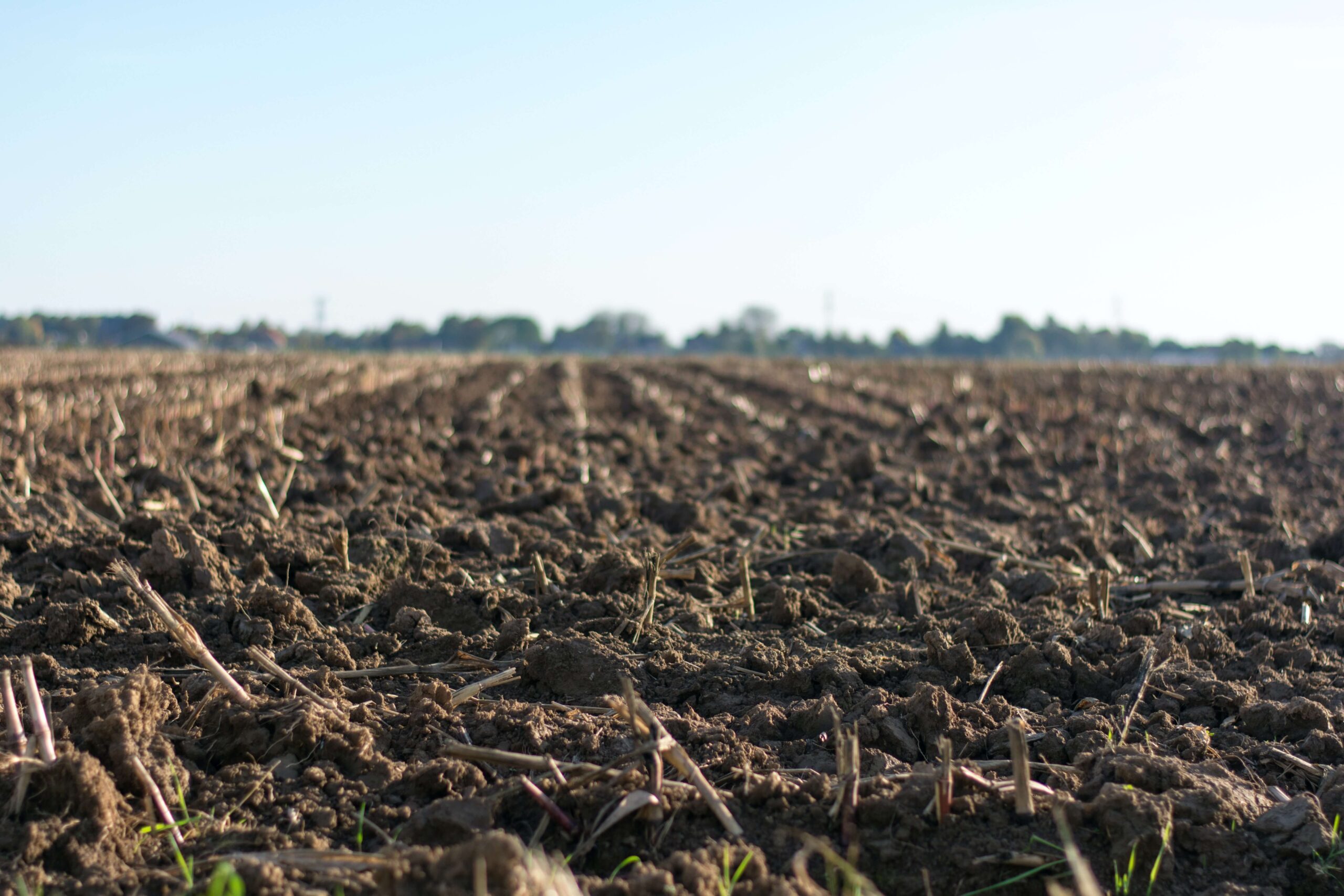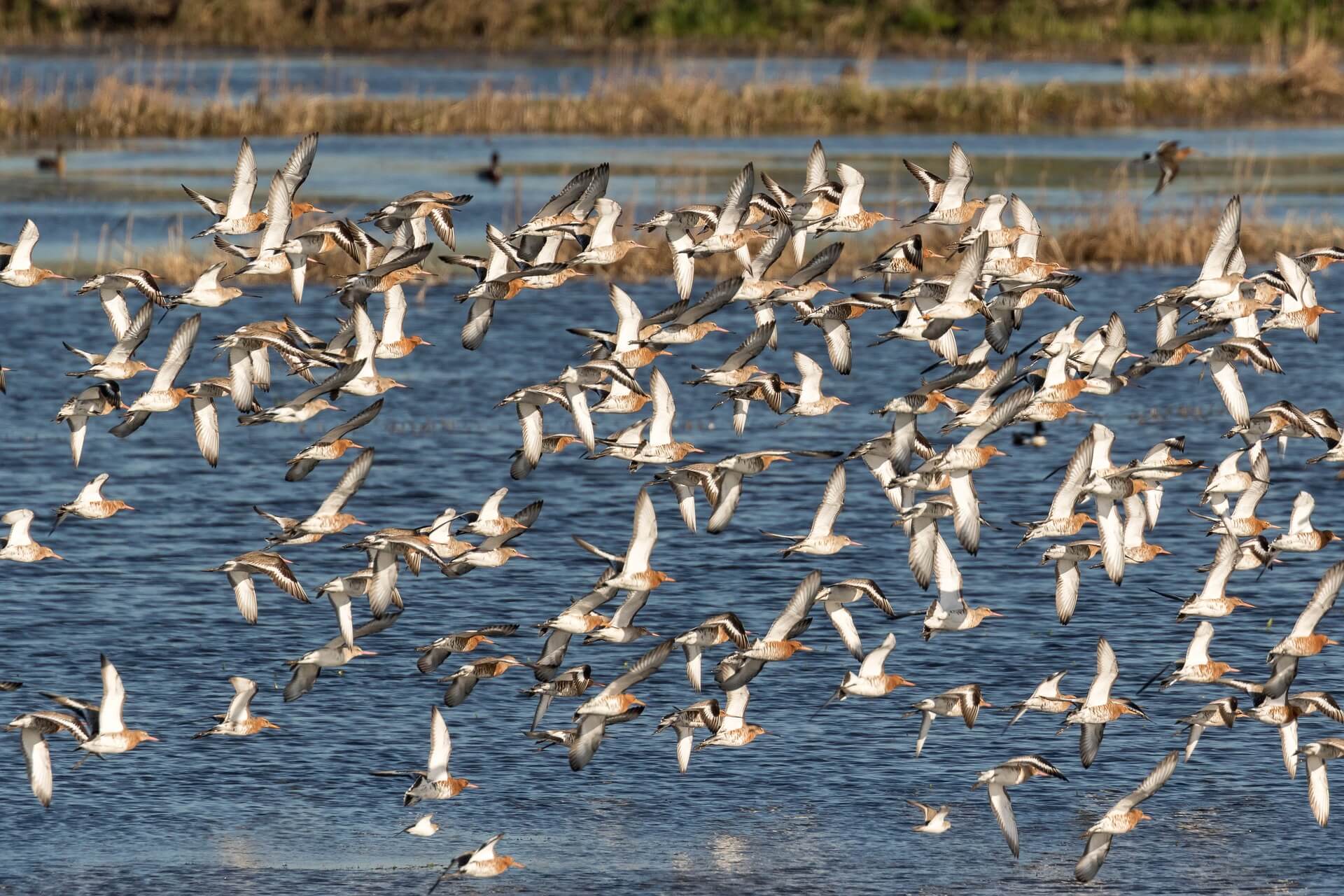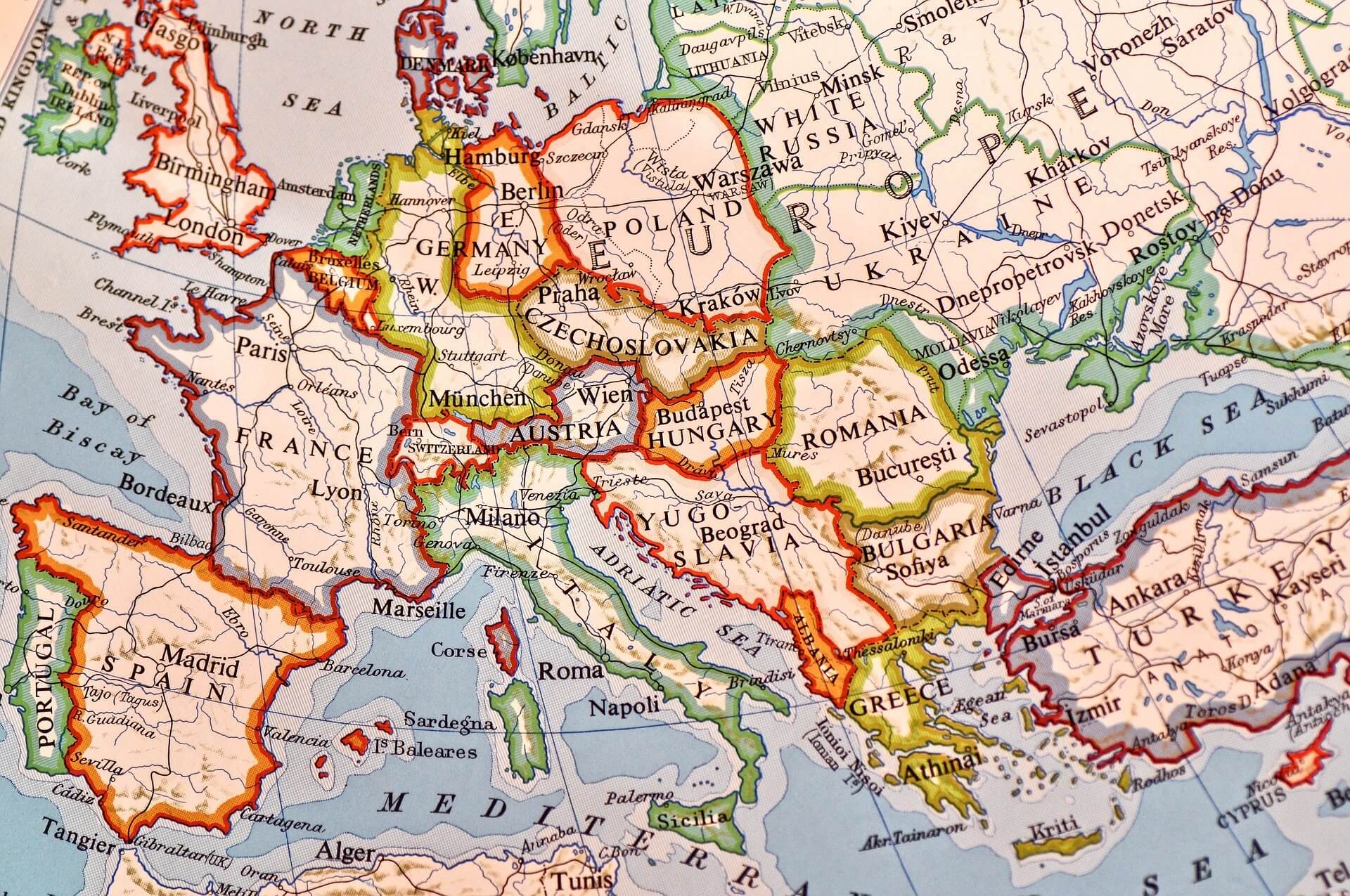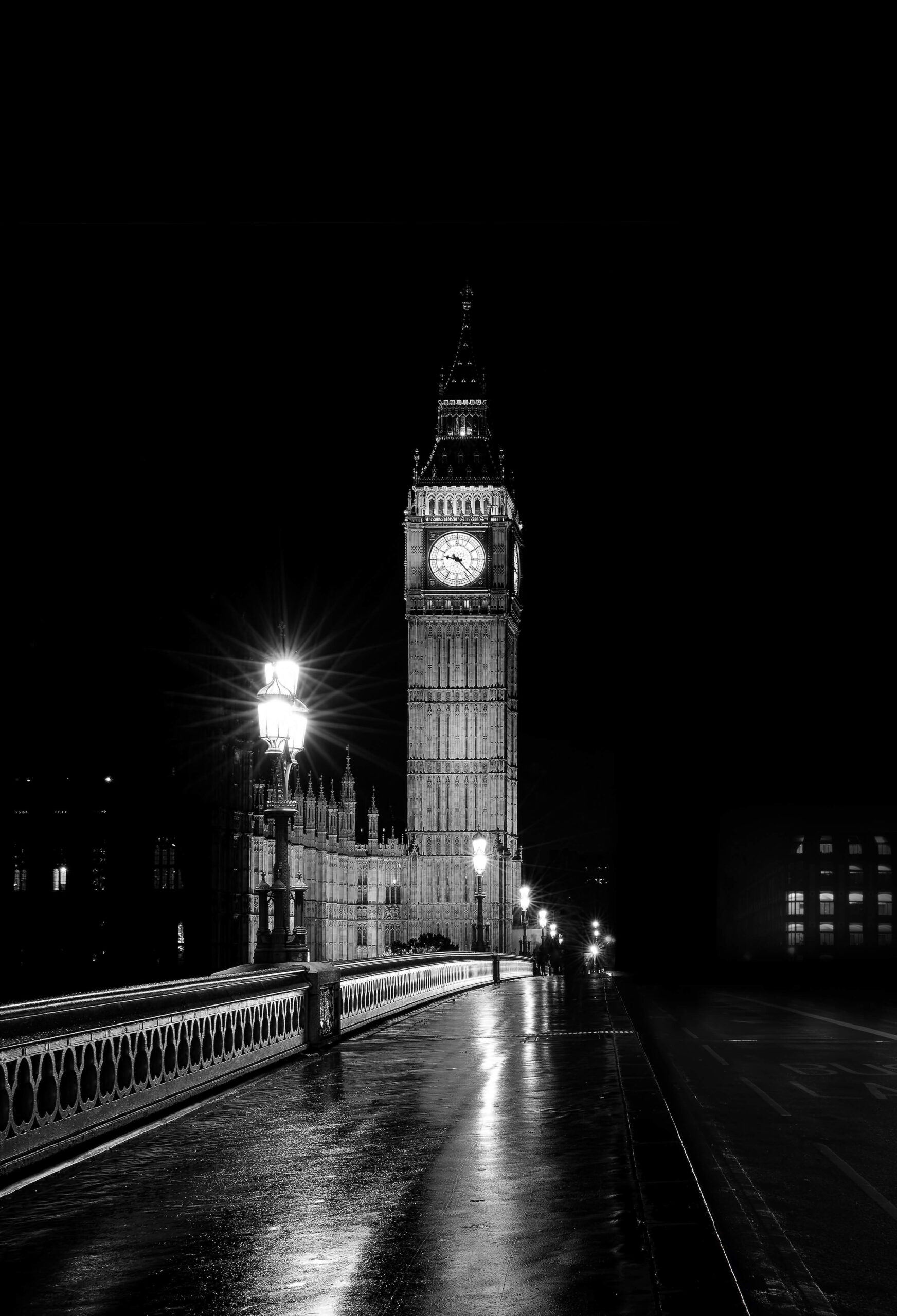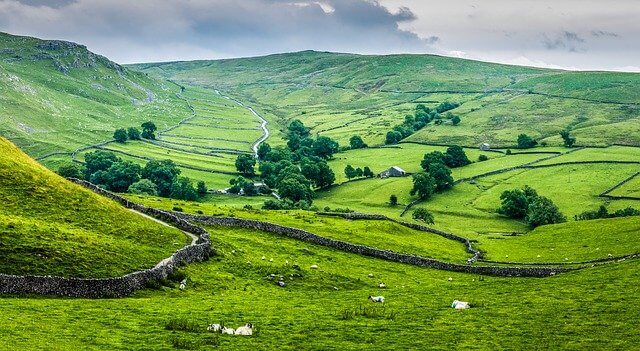Badly Behaved Dogs
For millennia we have been domesticating wild animals, some directly for food, others to perform numerous tasks to help with our daily life. Cattle, sheep, pigs and goats give us milk and meat whilst horses provide motive power and transport. From the days when man was a hunter/gatherer, dogs have aided in the hunt and still do today. There are breeds of hounds to find and chase deer, hares, foxes and mink, now used primarily to follow a trail since the Hunting Act 2004, although it is still legal to use them to flush foxes to guns.
There are numerous breeds used for shooting but the two most popular are Labradors and spaniels. Before the huge expansion of driven shooting, pointers were widely used for walked up or rough shooting. Walking through the cover, the dog identifies the quarry, perhaps grouse in heather, and stands stock still, one front paw raised to alert the guns. This was important in the days of muzzle loaders as it took time to prepare to take a shot. When the guns are ready, the dog is asked to flush the bird from the cover for the guns to shoot at.
Continue reading “Badly Behaved Dogs”